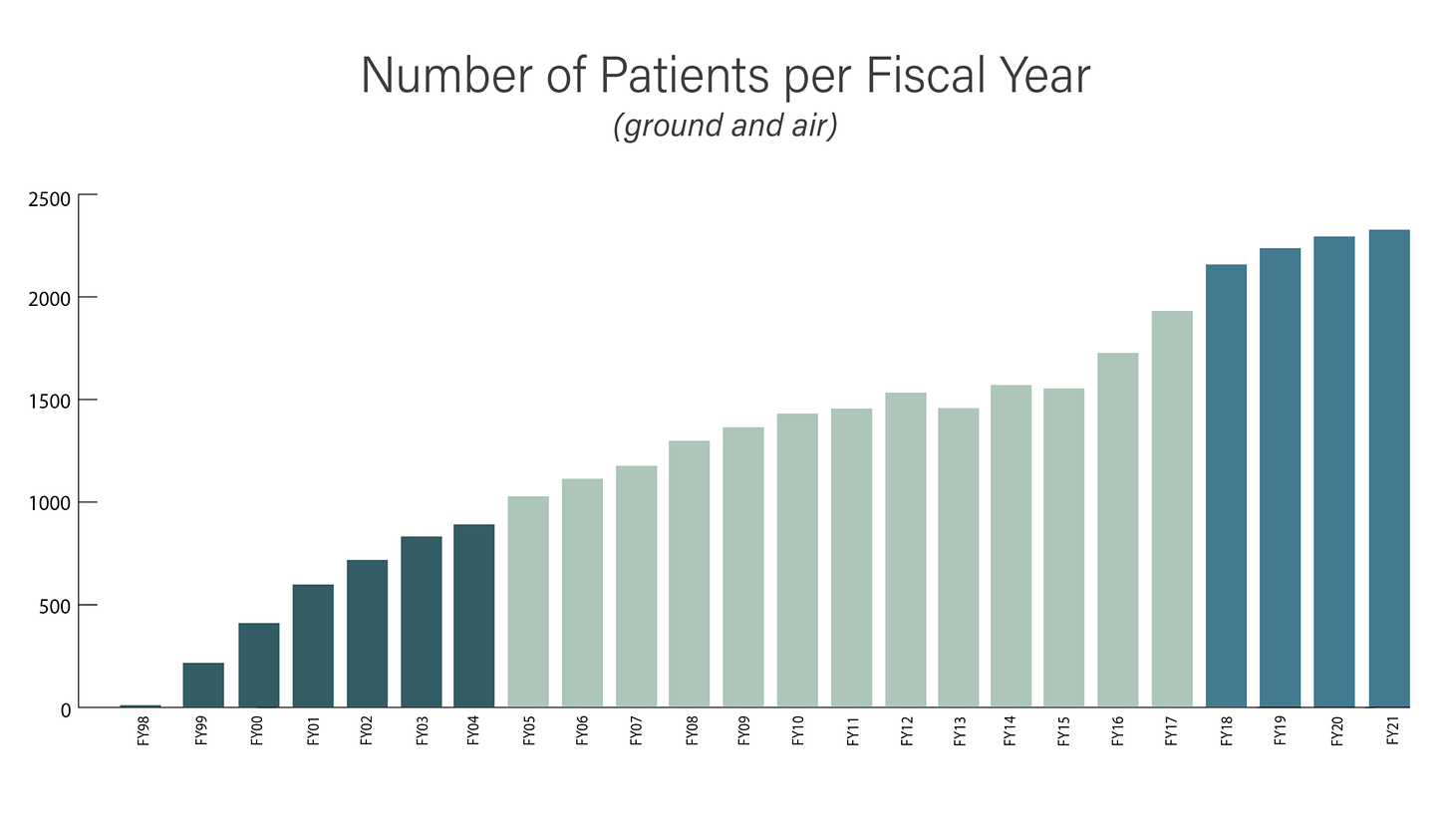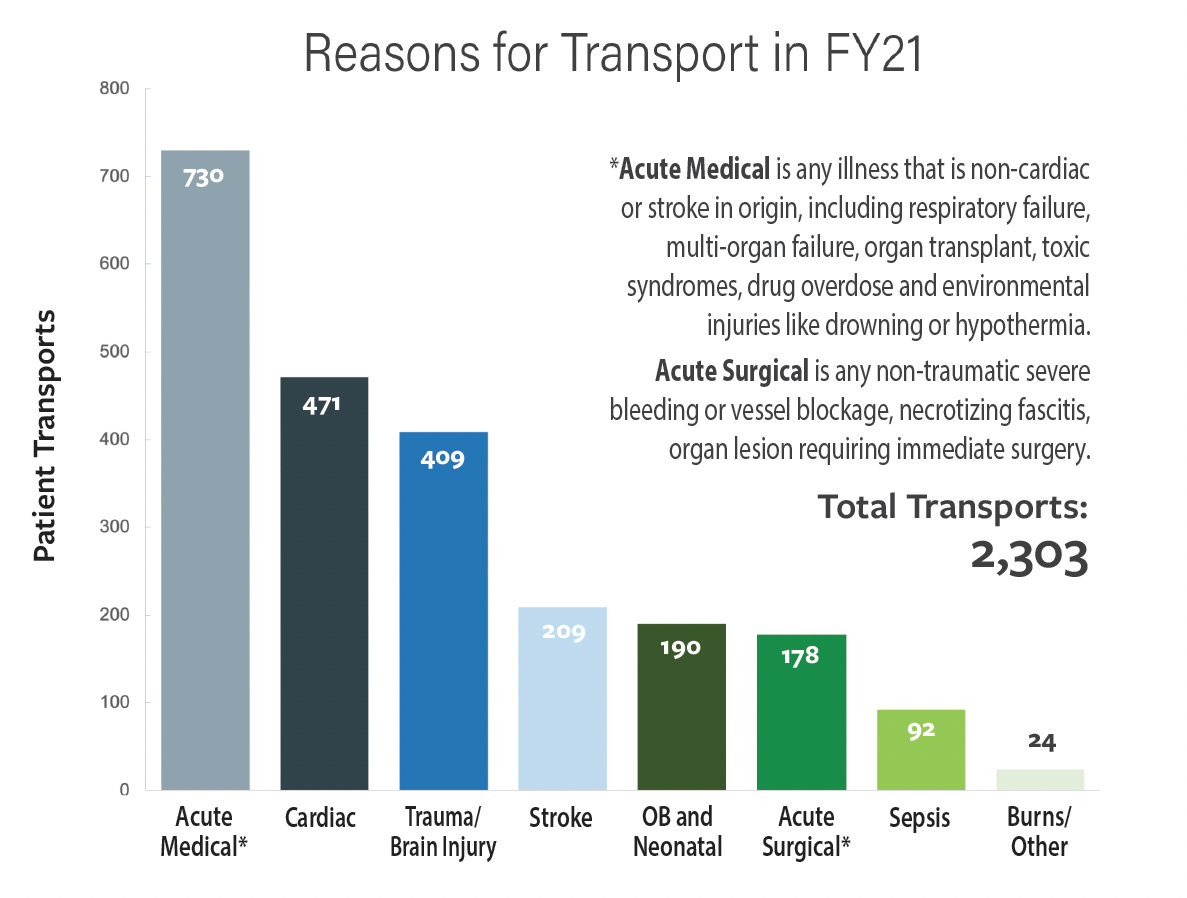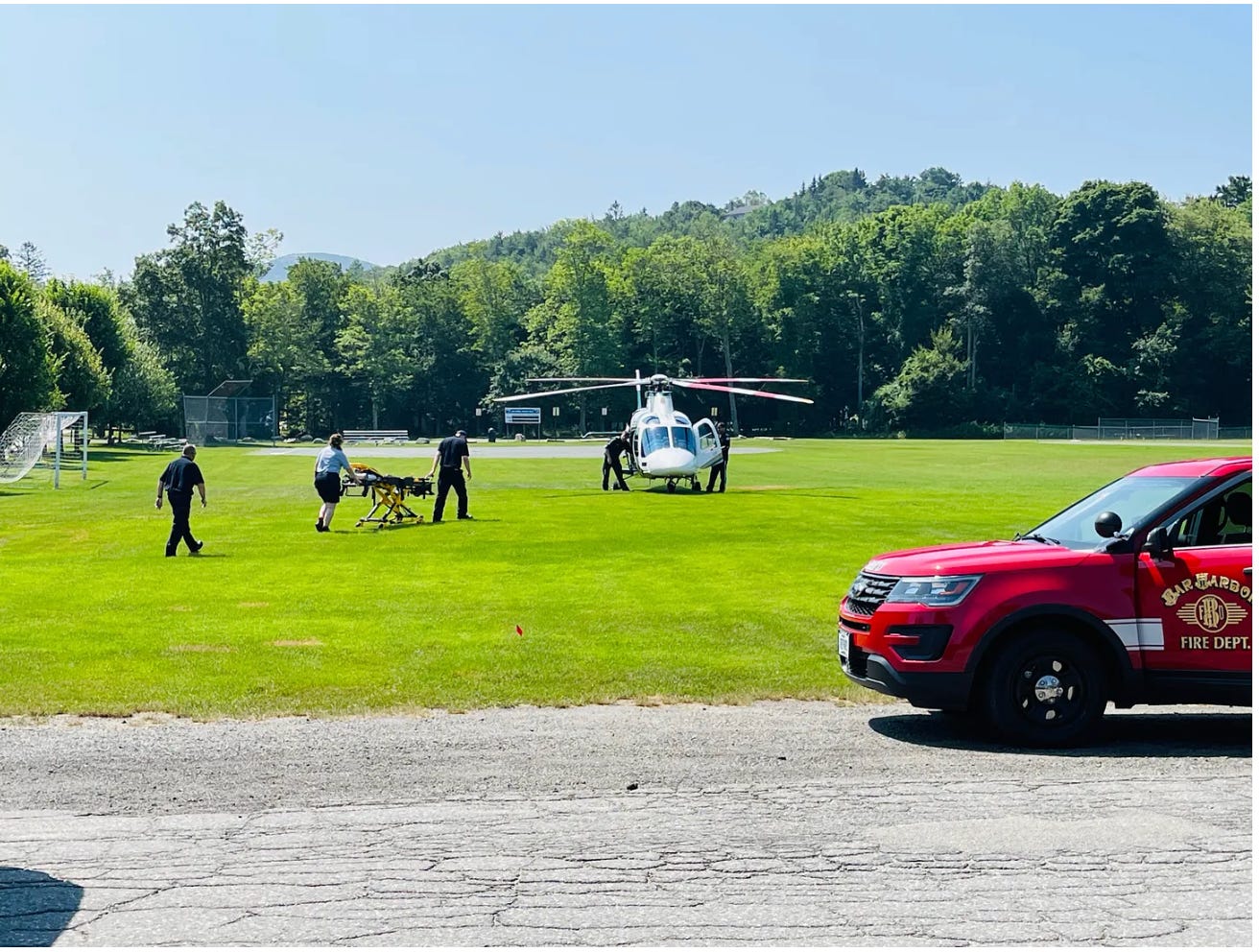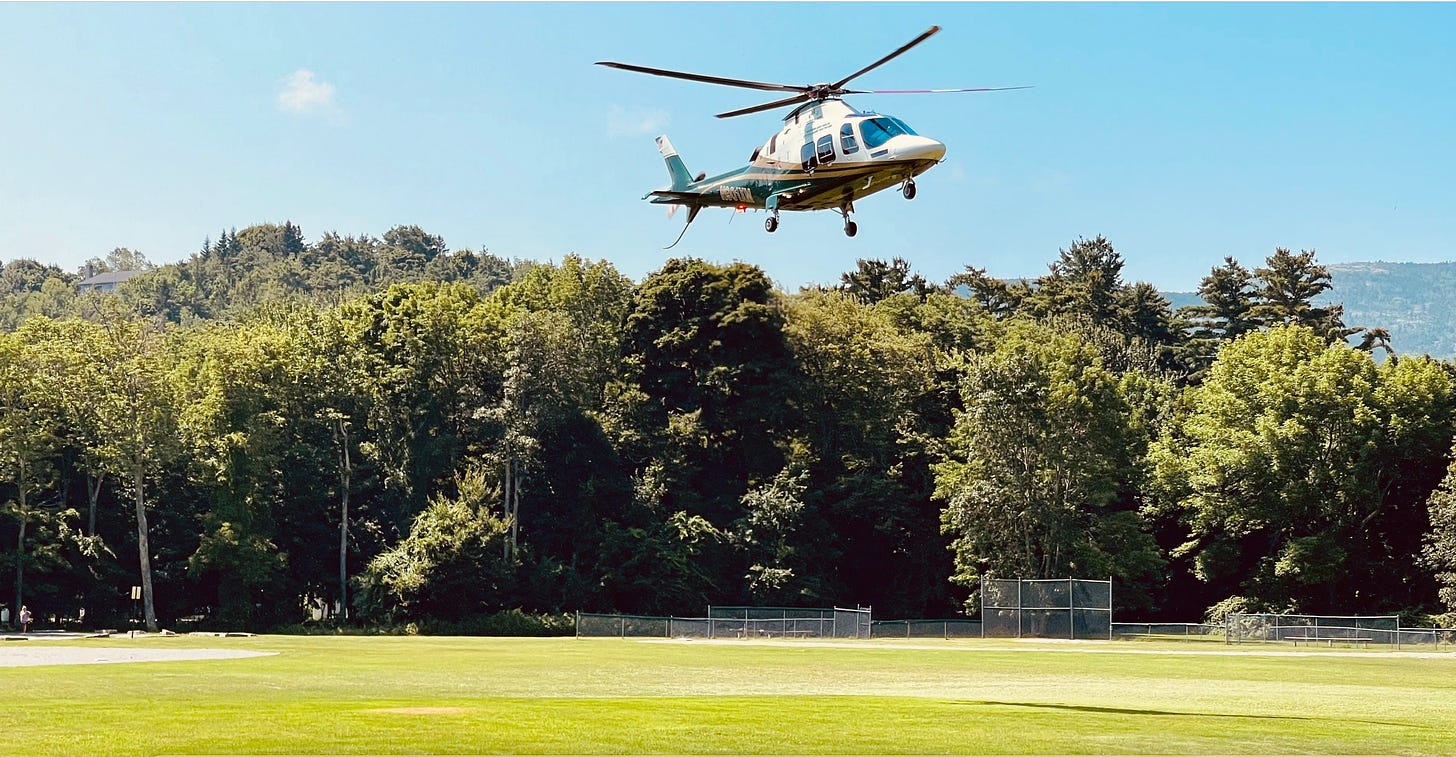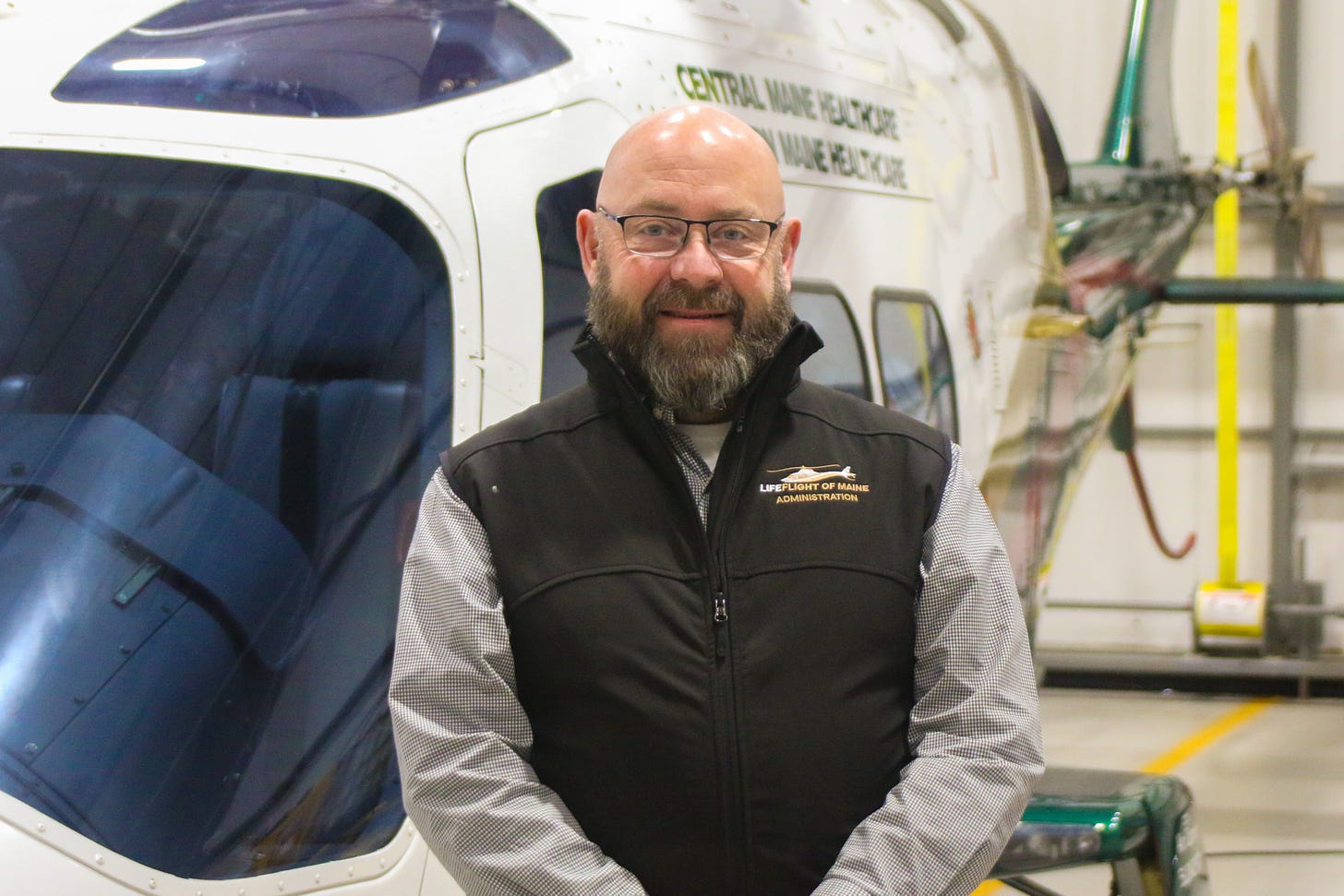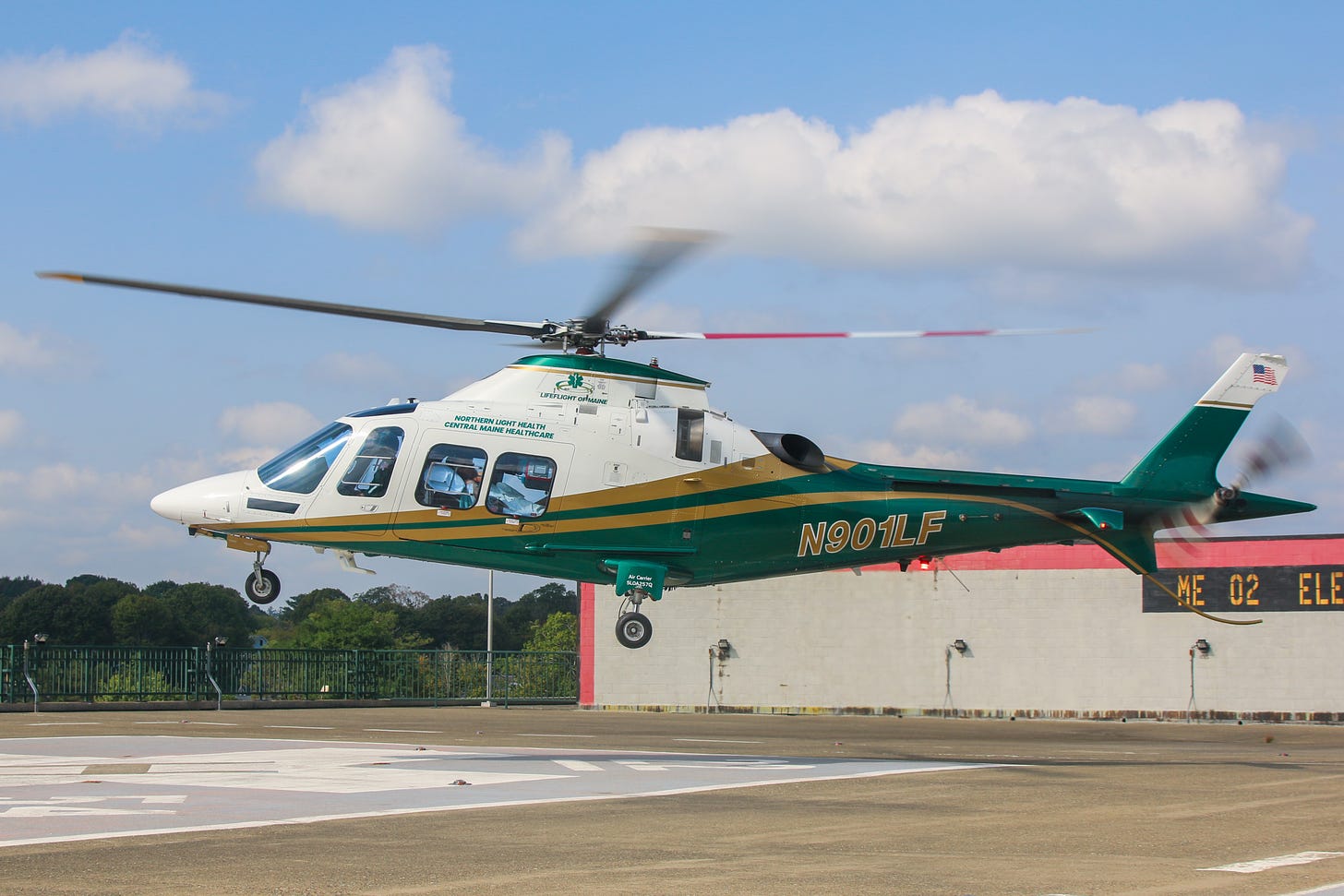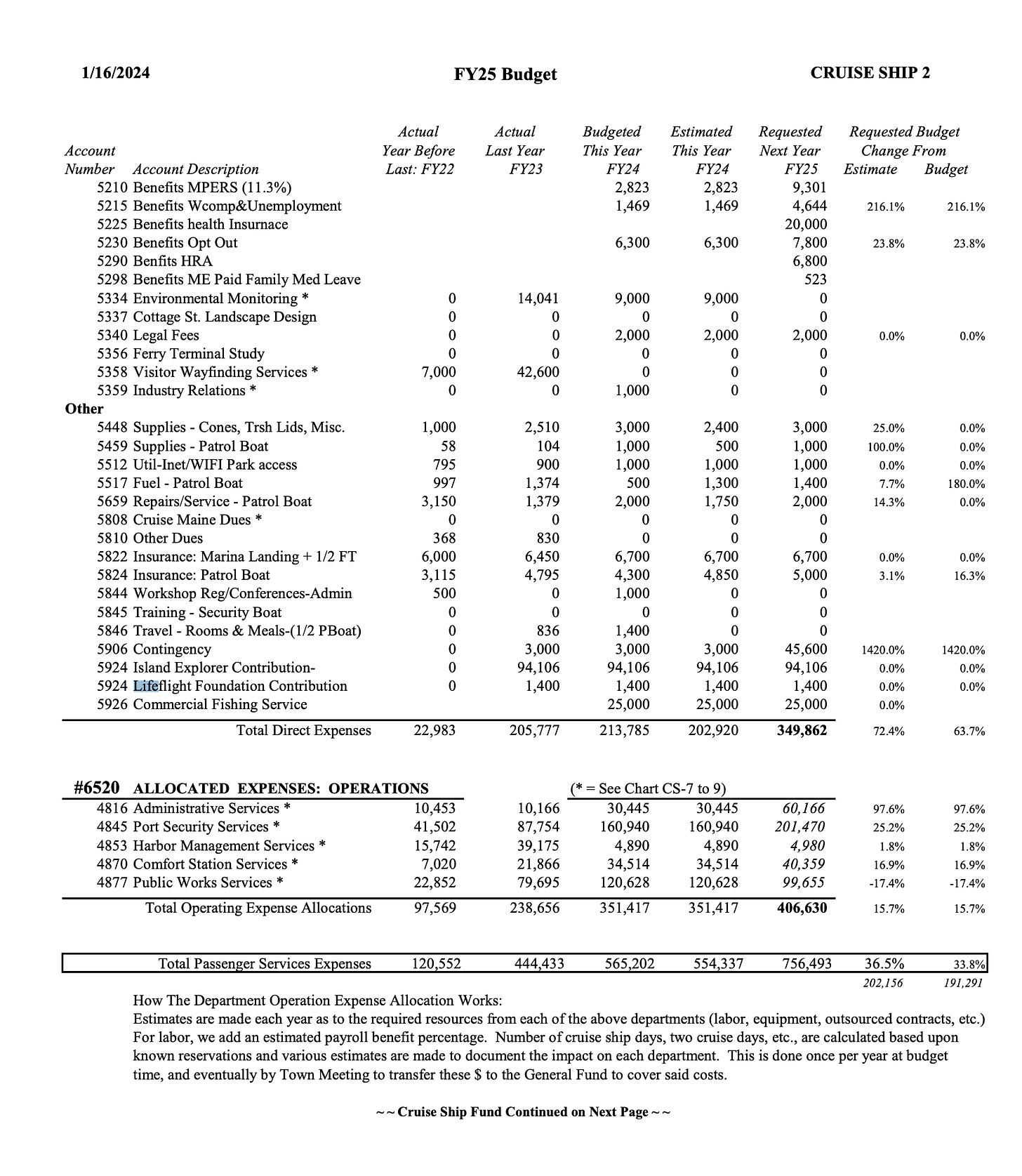LifeFlight Transported 69 from Bar Harbor in 2023
Permanent helipad on athletic fields still in play
BAR HARBOR—Doug and Tonya Mirts biked around Acadia National Park in September 2021. They biked all morning and went to Jordan Pond for lunch before they headed back to the trails and carriage roads.
After a bit, Tonya realized Doug wasn’t right behind her. She waited. No Doug. She headed back the way she came and found her husband on the ground.
Strangers had already found him there, had surrounded him, and luckily, one was an emergency room doctor who began CPR.
Tonya called 911 and more help arrived. Acadia personnel used a defibrillator to restart Doug’s heart. An ambulance brought him to the ballfields by the Park Street Playground in Bar Harbor, the LifeFlight landing zone. The crew intubated him, set up the ventilator, and gave him cardio-protective medicine. They flew him to Northern Light, still EMMC then, and Doug survived.
According to LifeFlight, at the hospital, “Tonya recognized the crew members when they came to greet him, saying they were, ‘extremely professional, very talented, and wonderful human beings.’ Doug was discharged from the hospital on September 28, just in time to walk his daughter down the aisle at her wedding.”
Doug Mirts is one of many people—vacationers and locals—that have survived because of a combination of good samaritans, local first responders, hospital staff, and LifeFlight. There have been locals with heart attacks and strokes. Young women with severe pregnancy complications and neonatal emergencies. There have been hiking mishaps and car and motorcycle accidents.
In 2023, LifeFlight, the nonprofit, which is the state’s only helicopter ambulance service, transported 69 patients from Bar Harbor. LifeFlight transported a total of 2,521 patients in 2023. The town’s current draft budget directs $1,400 to the service and some Warrant Committee members have wondered if the town should use cruise ship fees to donate more. The funding currently comes from cruise ship fees and not taxation.
In 2021, LifeFlight transported 60 patients from Bar Harbor out of 2,303 total transports. Back in fiscal year 2015 (June 2014-July 2015), transported 47.
“LifeFlight regularly provides critical care and medical transport to patients on Mount Desert Island facing acute illness or injury. This includes both scene calls, in which LifeFlight interfaces with local fire and EMS agencies, and interfacility transports, in which LifeFlight transports a patient from Mount Desert Island Hospital to a larger trauma center,” said LifeFlight Director of Communications Henry Frank.
The helicopter often lands on the town’s athletic fields off Park Street. Ambulance personnel take the patients to the helicopter or to the hospital, depending on the need, transferring injured people over the grassy field. This is difficult in the winter and during exceptionally muddy times.
Despite that, the site’s location on the field and Park Street has been considered a “perfect landing site,” because it is so close to the Bar Harbor Fire Station and Mount Desert Island Hospital. Back in September 2020, the Town Council approved building a landing pad on the site, next to the skate park.
“There is a need to enhance the current landing zones utilized by LifeFlight’s helicopters in Bar Harbor. LifeFlight is committed to working closely with the Town of Bar Harbor and MDI Hospital to help patients access the care they need and assess the steps needed to move this project forward. A properly built helipad will create better access for patients, as well as smoother and faster transitions of patients into LifeFlight’s care,” Frank said.
The pad needs to support both a helicopter and an ambulance.
“LifeFlight is much more than just helicopters. Helipads are portals of access to specialty medical care. One of LifeFlight’s core goals is to facilitate the development of this infrastructure in Maine to allow us to be there when you need us,” said Joe Kellner, CEO, LifeFlight of Maine.
During a recent Warrant Committee subcommittee discussion about the public safety budget, one member suggested potentially increasing the amount of money that supports the service, using cruise ship funds so that the money would not come from the taxpayers. That has not yet been recommended and no votes were taken.
“The majority of calls to LifeFlight come from a hospital requesting to transfer an acutely ill patient to a facility that offers a higher level of care. This is a critically important service for Maine’s geographically dispersed system of community hospitals. The smooth, reliable, and rapid movement of these patients in a LifeFlight vehicle is critical both to the patient’s outcomes and to the capacity of the emergency medical system statewide to ensure all patients can access the care they need. Madigan will work with leaders and clinicians in emergency departments and intensive care units to improve coordination and logistics for the care teams interfacing with LifeFlight crews,” according to Frank.
Many of the Bar Harbor and Acadia National Park LifeFlight calls involve this sort of transfer. Often patients are stabilized at MDI Hospital before being transported to a larger hospital, often in Bangor, Portland, or Boston.
The Warrant subcommittee discussion comes at a time that LifeFlight of Maine has launched a significant new initiative to bolster its relationships with hospitals, first responders, emergency medical services (EMS), 911 centers, and other stakeholders that rely on LifeFlight to deliver critical care quickly and reliably for patients facing a life-threatening medical emergency, Frank said.
This initiative will be led by Kyle Madigan, director of client relations at LifeFlight of Maine, who began in this newly created role in January 2024. Madigan brings decades of experience as a flight nurse and critical care provider, an educator, and an air medical program administrator. Most recently, he led the Dartmouth Hitchcock Advanced Response Team (DHART), LifeFlight of Maine’s peer service based in Lebanon, New Hampshire.
“I have dedicated my career to nonprofit, critical care emergency medicine, because I firmly believe that this is the best delivery model for patients in Maine, northern New England, and beyond. I have worked in collaboration with my colleagues at LifeFlight of Maine for years, and I’m pleased to now have the opportunity to serve alongside them. Maine is fortunate to have an air medical provider as well-regarded as LifeFlight, and I look forward to contributing my skills to this team and to the State of Maine,” Madigan said.
Under Madigan’s leadership, LifeFlight is working to expand its outreach and education efforts across all 16 counties in Maine, as well as parts of New Hampshire along the border with Maine, an area in which LifeFlight of Maine’s Sanford-based team provides service when needed. These efforts include expanding offerings of LifeFlight’s “Ground Safety and User Course,” which trains partner agencies on how to identify when a patient needs a LifeFlight transport, how to make a transport request, how to safely secure a landing zone, and how to transfer the patient into LifeFlight’s care.
Madigan, in concert with LifeFlight of Maine CEO Joe Kellner, is also leading efforts to strengthen operational collaboration between LifeFlight and Maine’s hospitals.
Kellner said, ““At LifeFlight of Maine, we hold ourselves to uncompromising standards of excellence. This is what has inspired this organization for two and a half decades, and what continues to drive us as one of the premier non-profit air ambulance and critical care services in the country. We are continually looking for ways to elevate the level of care we provide to our patients, and to improve the reliability and speed of the service we offer to every community here in Maine. This new initiative continues our longstanding commitment to excellence.”







